English 15th Century Sword – Victorian copy (88105)
Victorian copy of English 15th C. sword, German
provenance: Private collection, Germany
Condition: good
Length: 102 cm
This Victorian replica is modelled after a single-handed late Medieval 15th century Italian arming sword. In terms of typology, this sword is nearly identical to one currently present in the Metropolitan Museum of Art in New York, identified by Ewart Oakeshott in his seminal work The Sword in the Ages of Chivalry as a unique version of a Type XV (see Plate 24 in The Sword in the Ages of Chivalry, 1997 edition). Both the museum version and this Victorian copy share characteristics of the Type XV (such as the stiff, cut-and-thrust blade), however, both have handles that are a touch too long for the proportions of the blade to be a standard Type XV. In addition, both the museum piece and the Victorian copy are paired with a J type pommel and uniquely curved guard, as well as sharing unique blade characteristics which will be discussed shortly.
The pommel of this particular piece is aged brass with no visible peen block, and a brass fillet at the base of the handle. The curved guard with furled ends is of brightly polished steel with relatively light touches of older corrosion, prevented at some earlier date from progressing further, also with a fillet at the
handle. The handle is of polished wood and is in excellent condition. The blade itself has been given the acid-wash treatment common to Victorian reproductions of this type, resulting in an even and attractive patina free from the pitting that might otherwise mar a sword of this age. However, it is the blade geometry that sets this sword apart. The upper third of this Victorian-forged blade has been flattened, creating a level section that terminates sharply as the spine of the diamond-shaped blade resumes. As a mid-19th century replica, this antique is a unique representation of a Type XV. As Type XV swords have among the broadest possible origins, potentially originating anywhere from late 13th to 15th centuries the creator of the replica could have drawn inspiration from many sources; however, as the identical sword in Oakeshott’s work is identified as being from the 15th century (and that of Italian origin) it is likely that this copy was intended to be representing this derivation as well.
700.00 USD
Sold
If the individuals living during the Victorian era were anything, they were enthusiastic in their pursuits. Centuries of Renaissance advancement in art, architecture, and philosophy gave birth to a European culture that was unlike anything that came before; focused both on the bright future towards which they marched and on the rich history they left behind. As a result, much of European art during that period – whether it be paintings, statuary, or other forms of expression – was inspired by earlier works and sources. For instance, many Renaissance (and later Victorian) paintings were based on stories from the Bible or elsewhere in antiquity. Shakespeare remained wildly popular in theaters for centuries. And of course, the supposed romantic and chivalrous Middle Ages was a source of especial interest.
It was due to this seeking in the Middle Ages for inspiration that led to a resurgence of interest in all things Medieval. Many nobles, wealthy merchants, and other individuals with the wealth to pursue their interests sought to decorate their homes with “artifacts” from a bygone era. Unfortunately for those would be collectors the interest in owning true weapons and armor from the past outstripped the availability of said artifacts. And so, out of this interest grew a new industry in the production of replica Medieval weapons and armor.
Swords, daggers, shields and armor of medieval design were all reproduced using Renaissance techniques and provided to collectors across Europe. These articles, as they were intended to be used for display purposes, were sometimes not heat treated, and were constructed primary to visually represent the swords on which they were based. For this reason an acid wash was frequently given to “age” the appearance, giving the impression the weapon was considerably older than it actually was. While some reproducers of this era certainly misrepresented their work as being original to the 13th or 14th centuries, in many cases the buyer knew what they were purchasing – and the reproductions were very often fine weapons in their own right, benefiting from the advanced knowledge and techniques of the 19th century smiths who created them.
Be the first to review “English 15th Century Sword – Victorian copy (88105)” Cancel reply
This site uses Akismet to reduce spam. Learn how your comment data is processed.



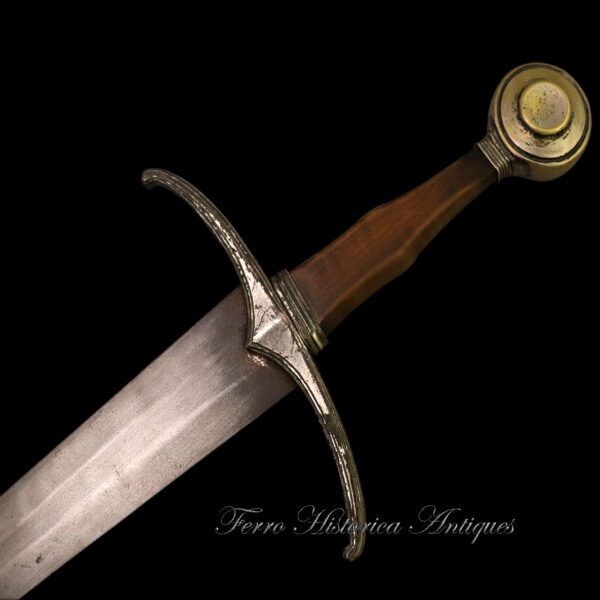
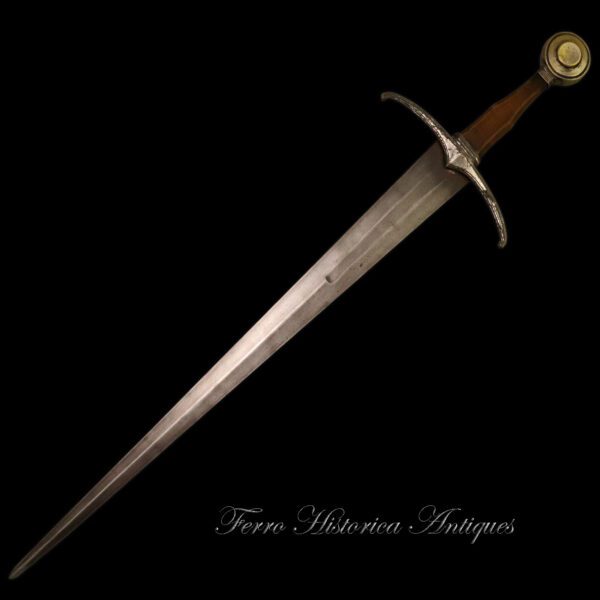
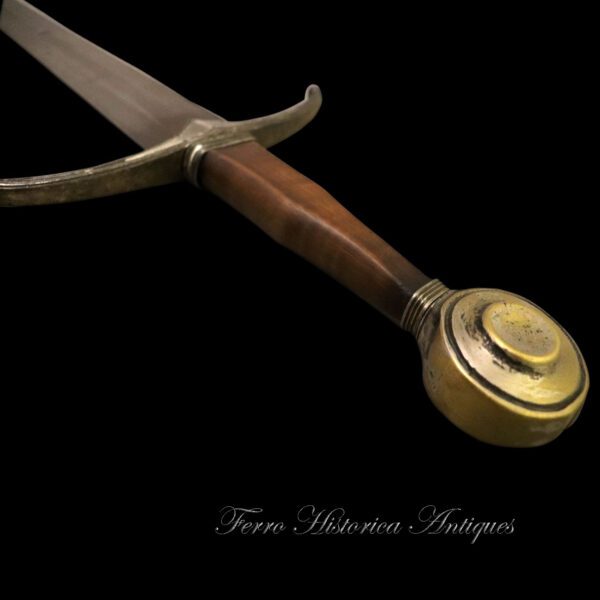
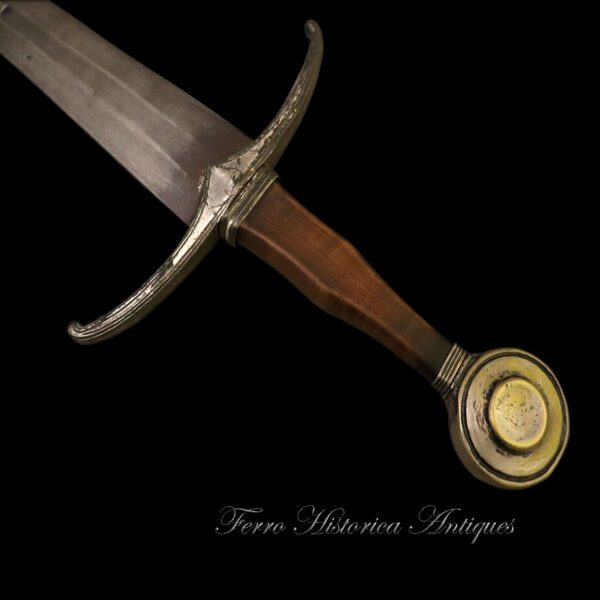
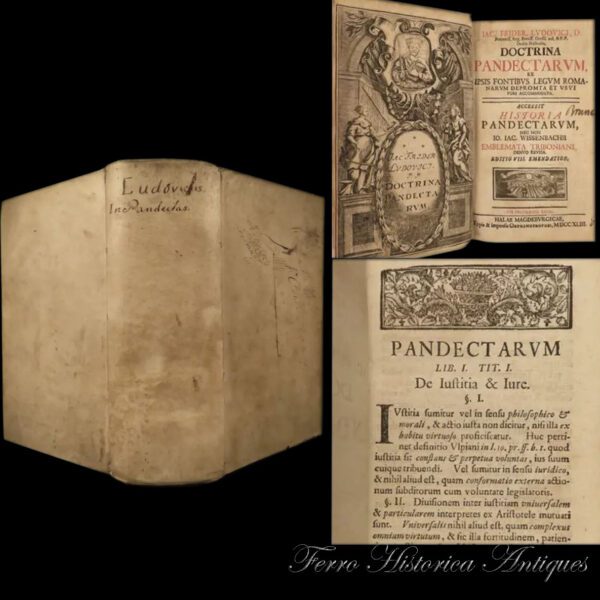
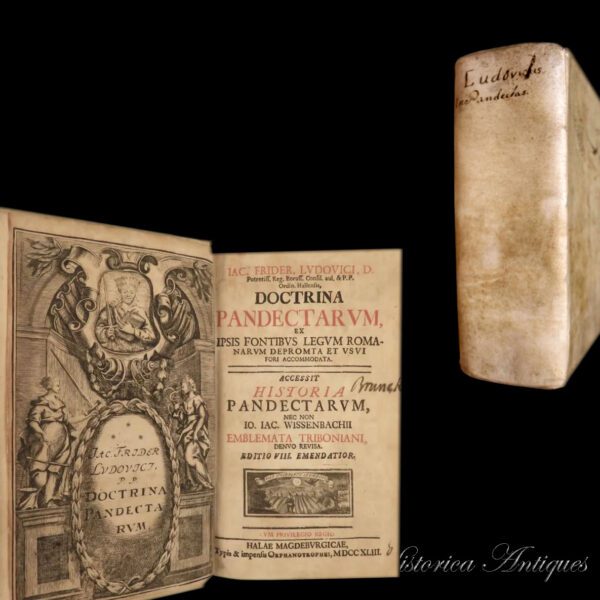
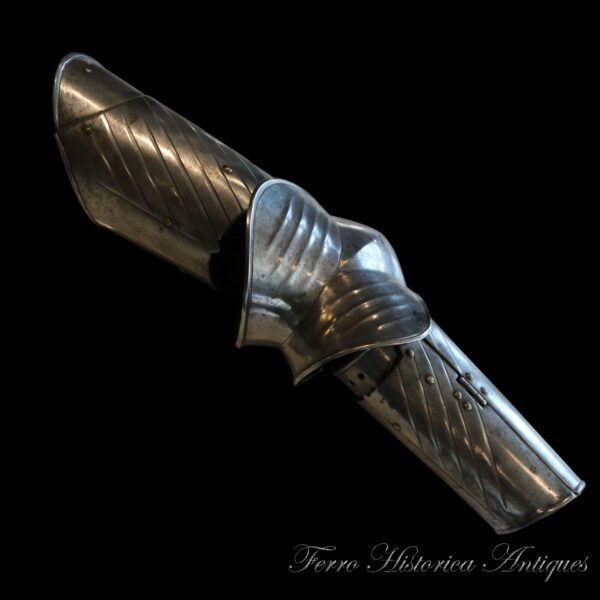
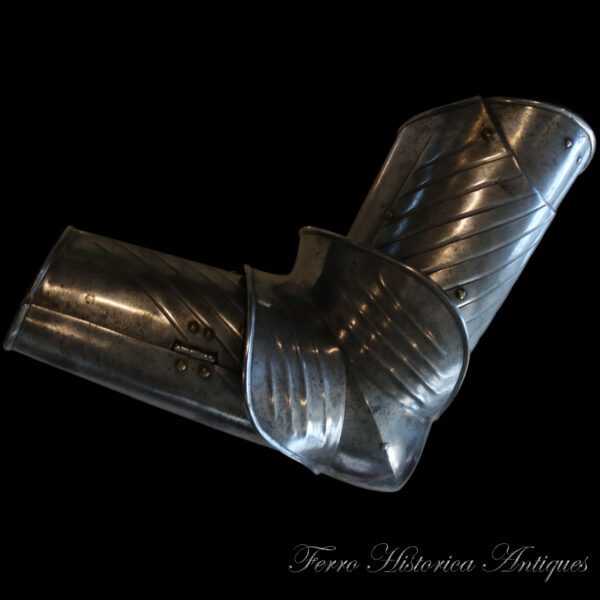
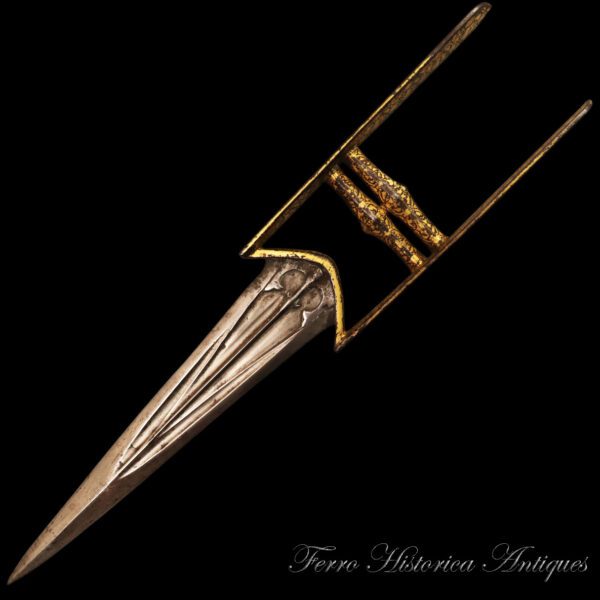
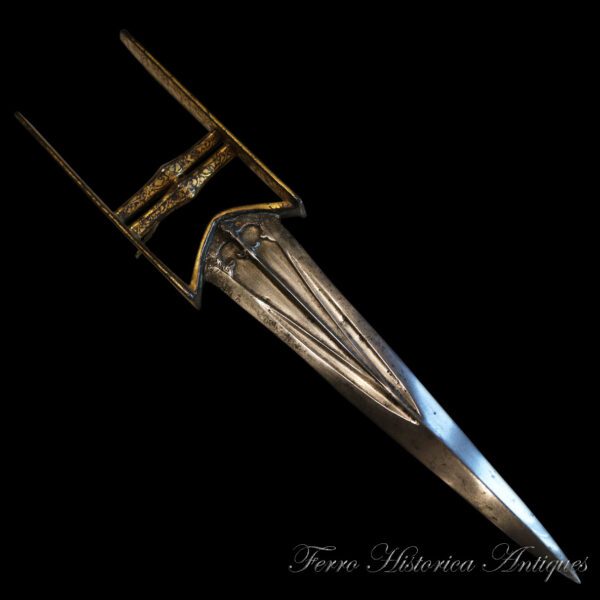
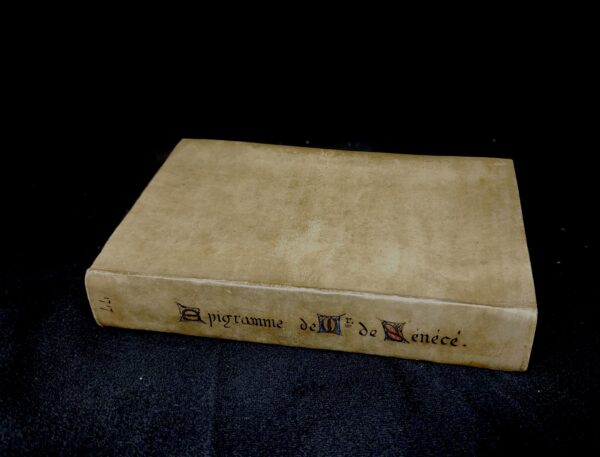
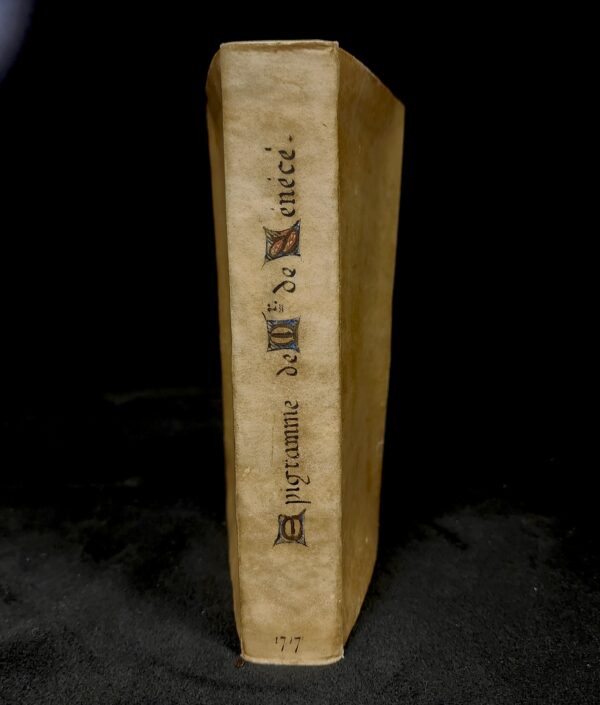
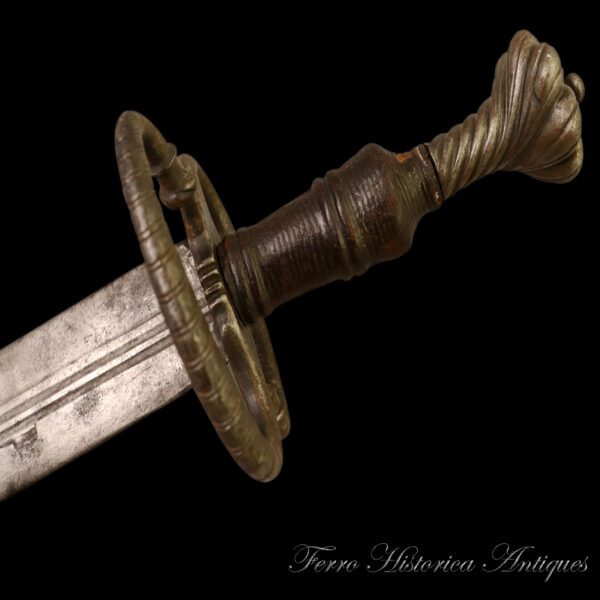
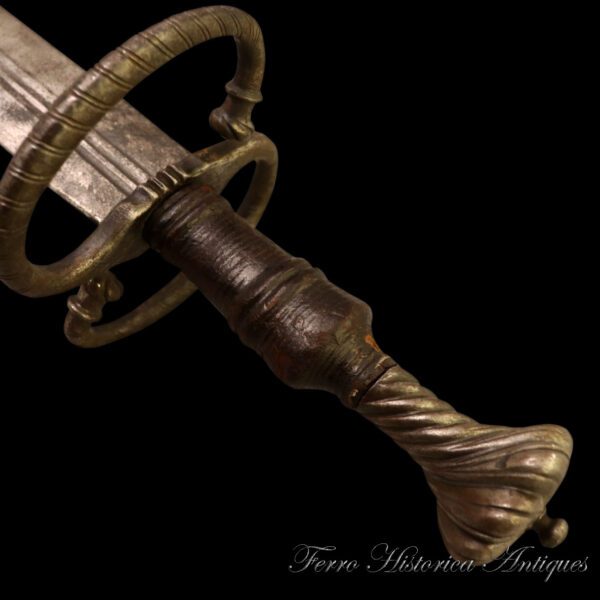
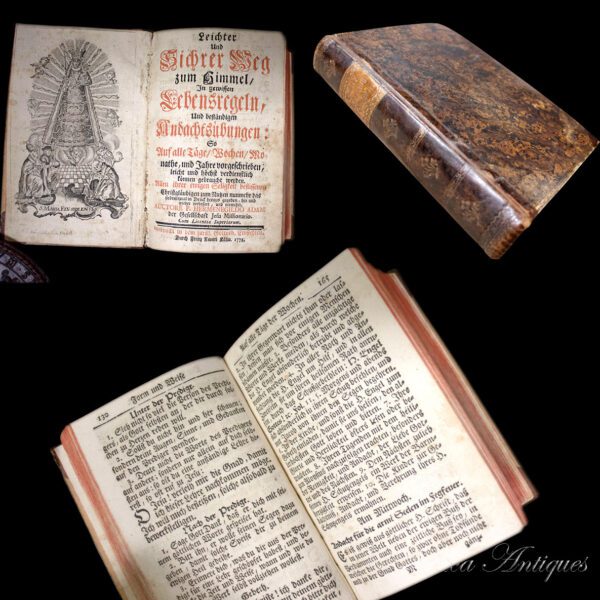
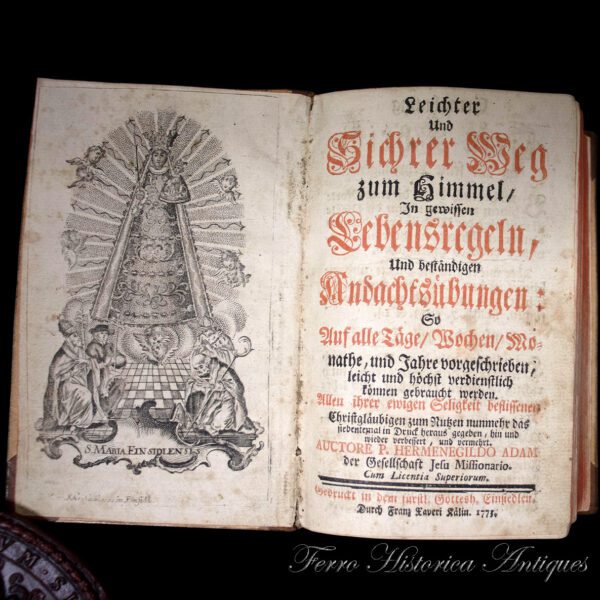
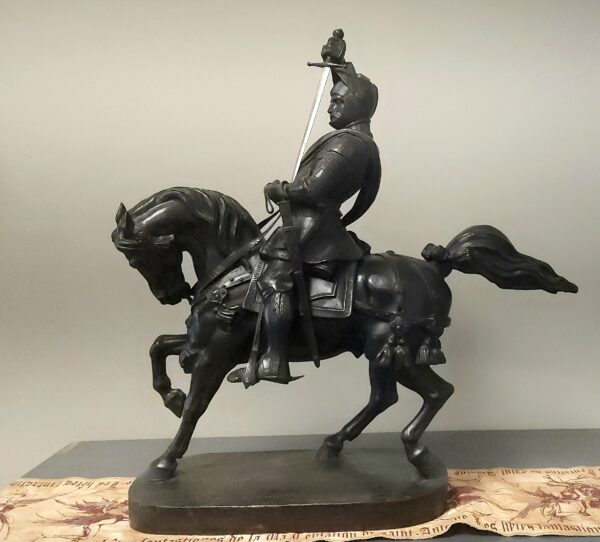
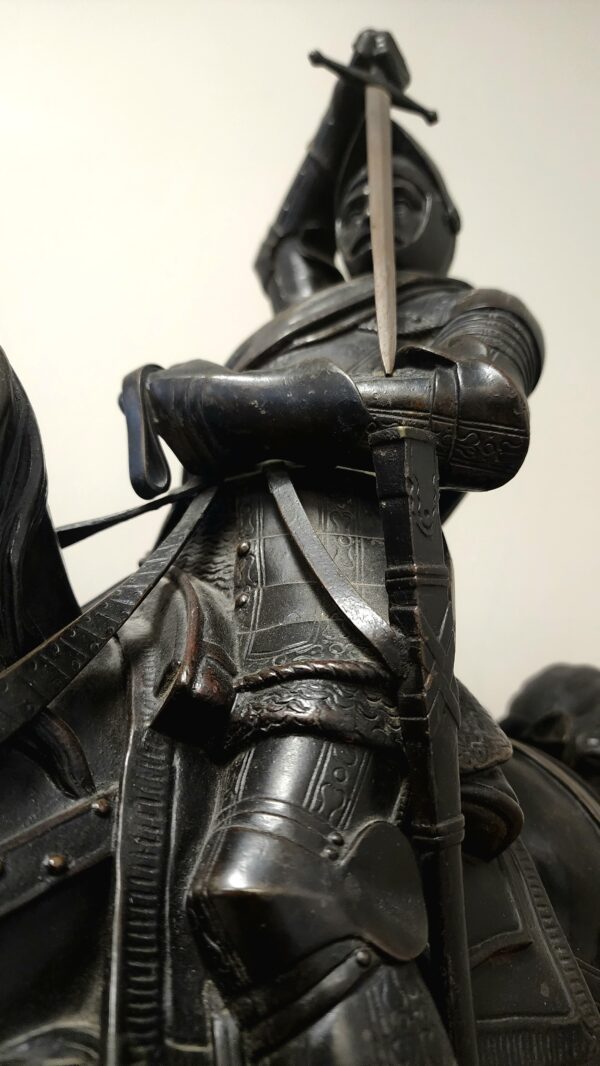
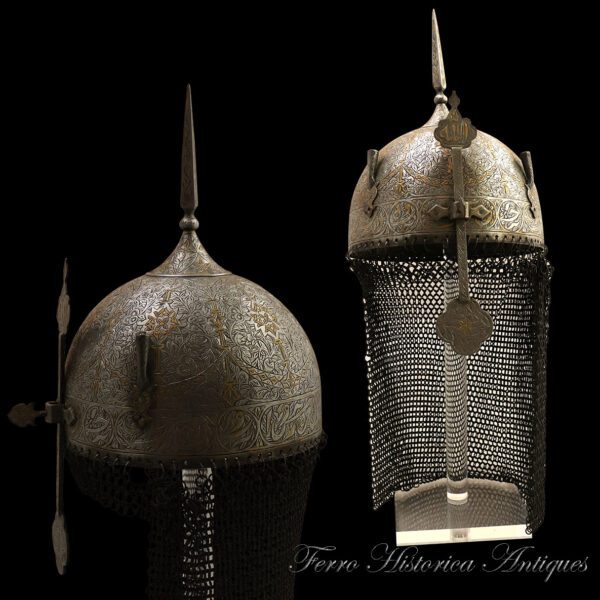
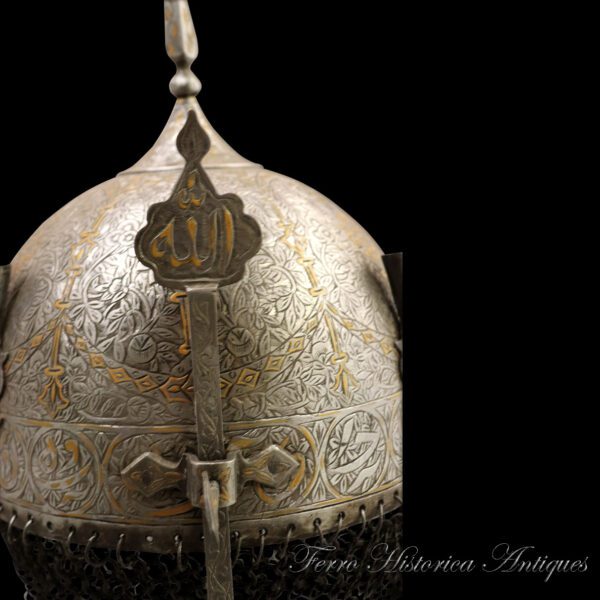
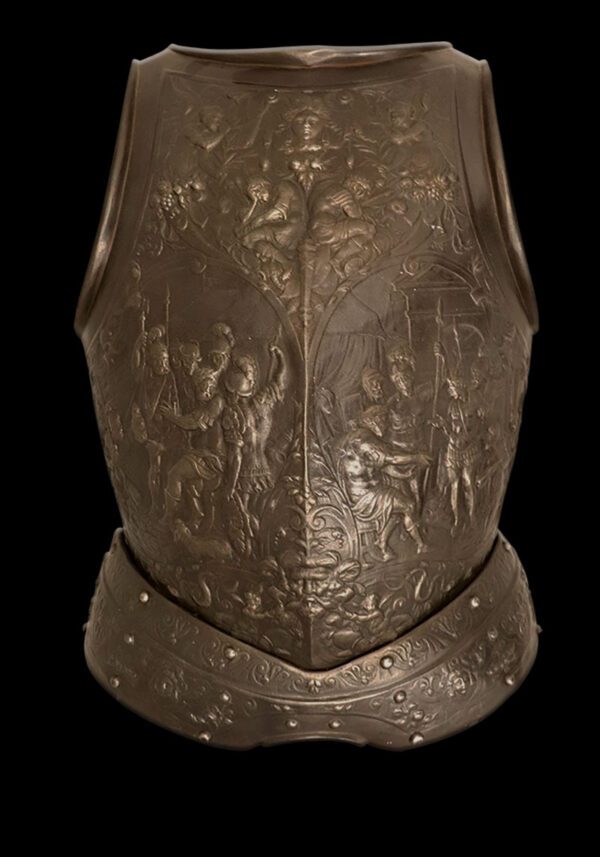
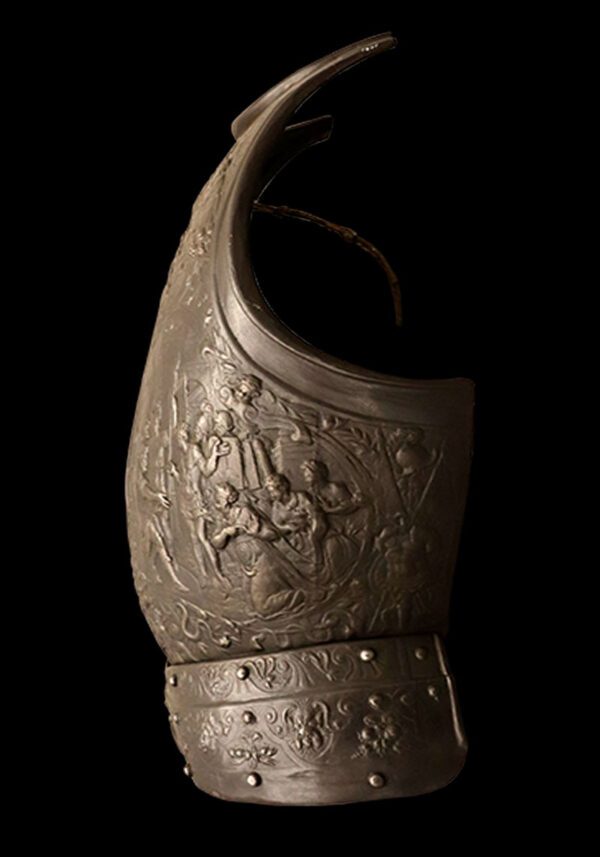
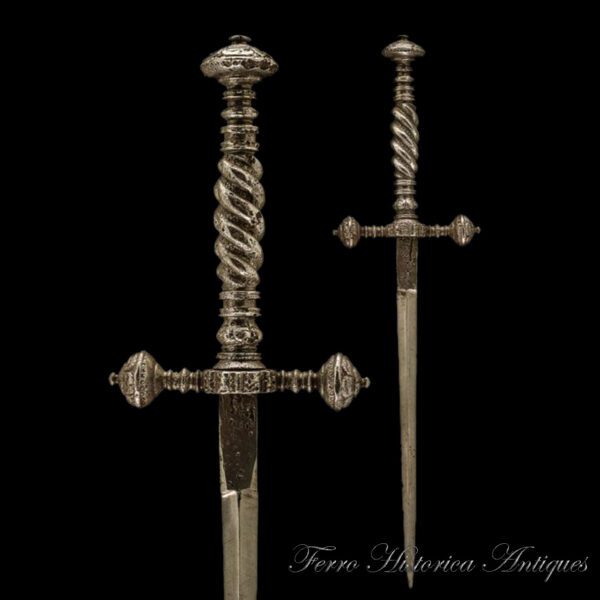

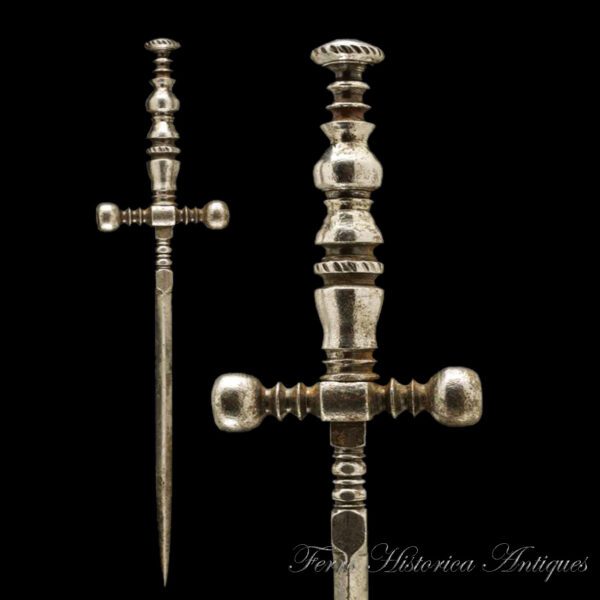
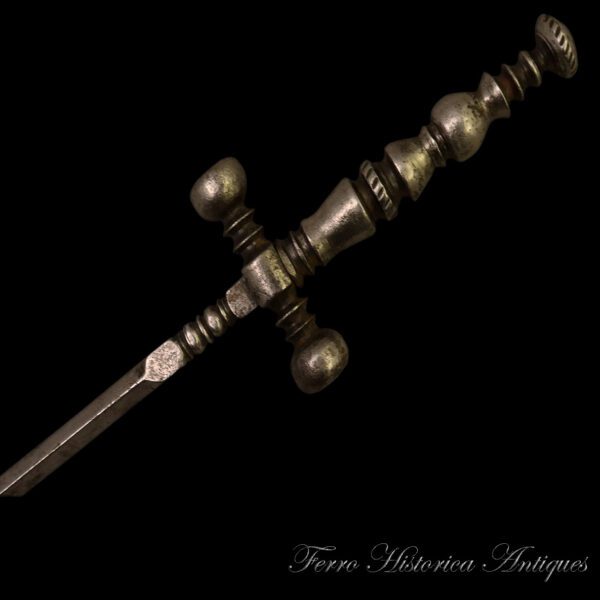
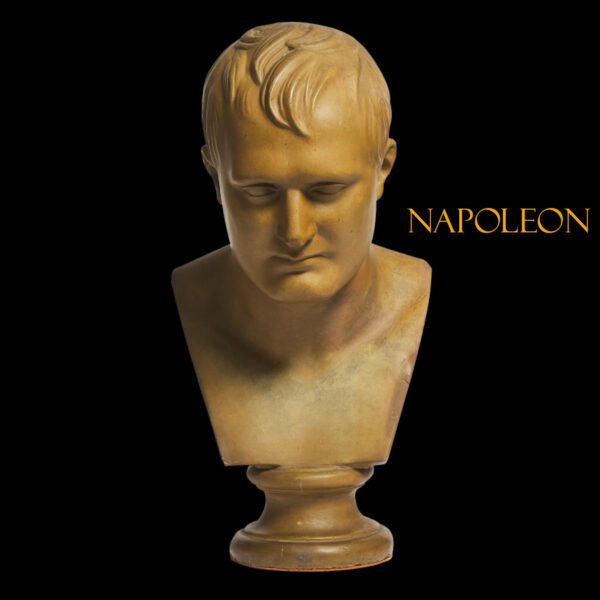
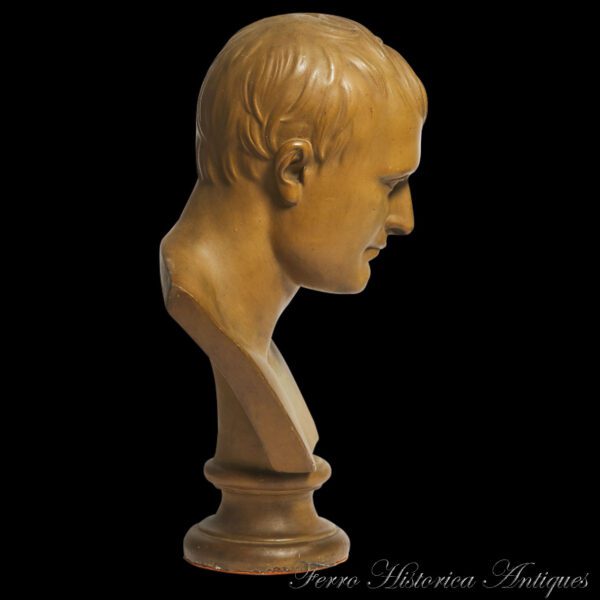
Reviews
There are no reviews yet.